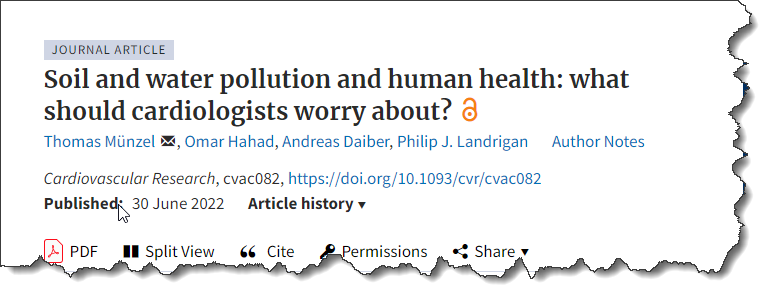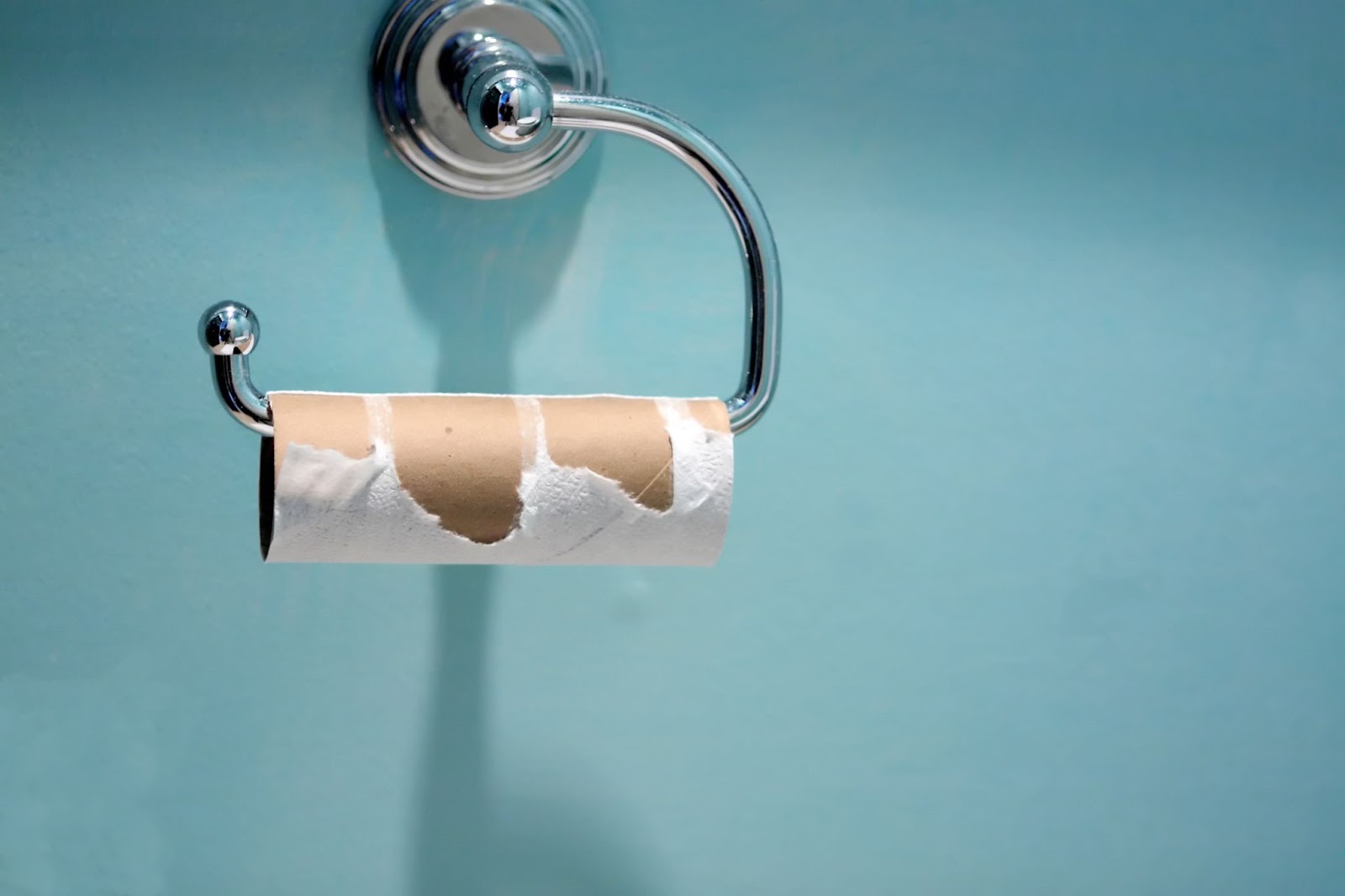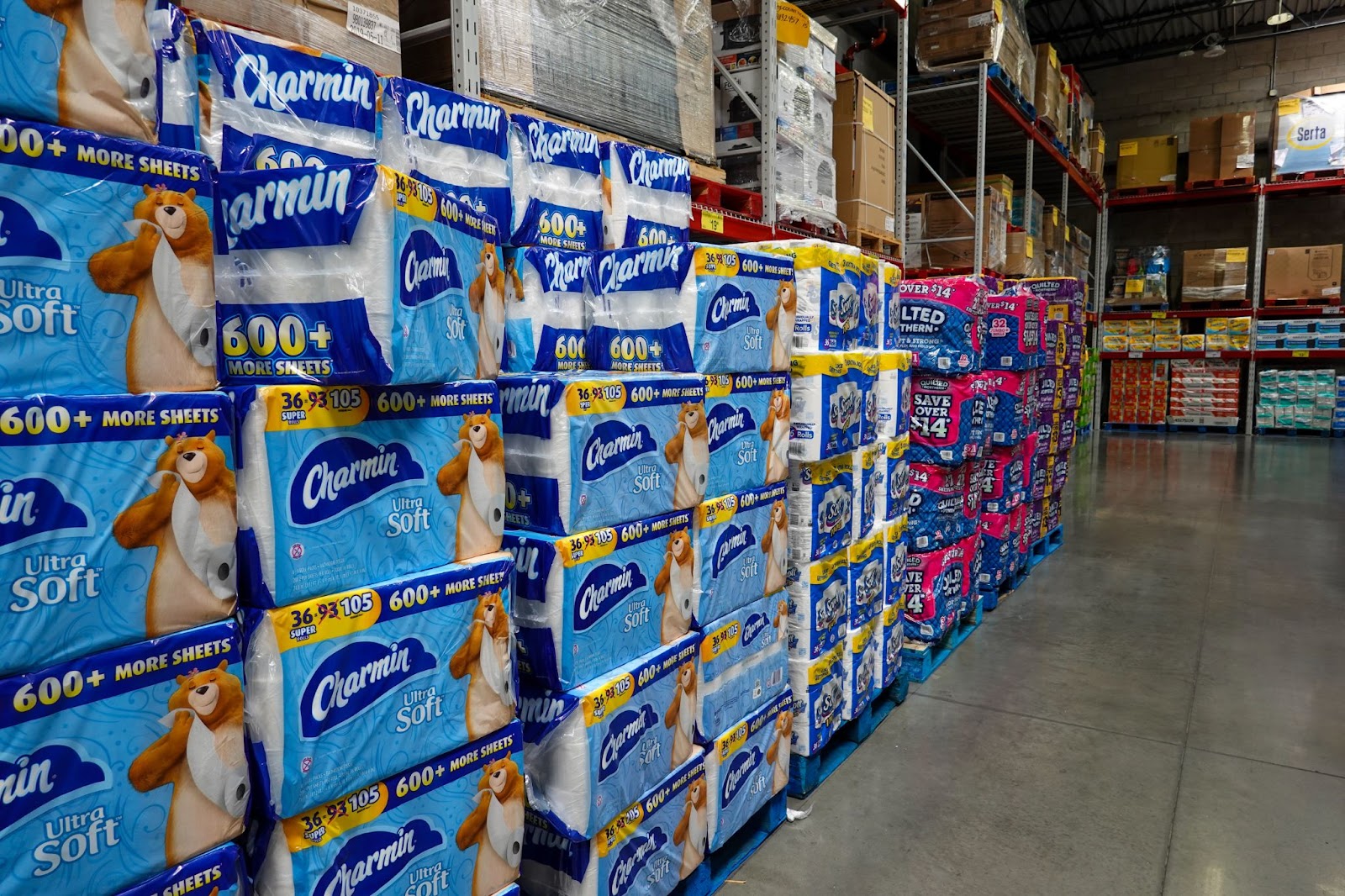
This isn’t just a theory…
Unsubscribe | Report as spam | Change email preferences
—-Important Message From Lloyd Lester—-
Touches on her skin, fireworks in her crotch
How could an ex-Green Beret cripple a Navy Seal with a single PINCH…
…and yet also effortlessly seduce gorgeous women with the stroke of his palm?
Here’s a fascinating peep into the seductive power that you too can wield in the palm of your hands.
>> The touch technique that makes a woman moan uncontrollably…
———-
Surprising health risk lurking in the backyard
Hey, Matt Cook here, and us men live in environments that aren’t always friendly to our health…
Whether it’s the PUFA fats that are in so many packaged foods…
…or contamination in our water and soil from plastics and heavy metals…
…what’s around us can profoundly affect our health in negative ways.
It’s important that we pay attention to our environments and the type of health outcomes we want…
…so that we can do what’s in our power to live long and healthy lives.
I’ll be the first one to tell you that you can’t control everything in life. It’s simply not possible.
But that doesn’t mean that you shouldn’t influence what you can – especially when it comes to your health.
One of the overlooked risks in human health is contamination of the soil.
Heavy metals, microplastics, and insecticides that are found in the dirt around us can have negative impacts on our health…
Especially our heart health.
Pollution of air, water and soil is responsible for at least nine million deaths each year. More than 60% of pollution-related disease and death is due to cardiovascular disease such as chronic ischaemic heart disease, heart attack, stroke and heart rhythm disorders (arrhythmias).
There are a lot of ways that we can get the contaminants from soil into our bodies.
We can breathe it in, it can get into our food supplies, and it can contaminate our water supplies.
Dirty soil may enter the body by inhaling desert dust, fertilizer crystals, or plastic particles. Heavy metals such as cadmium and lead, plastics, and organic toxicants (for example in pesticides) can also be consumed orally. Soil pollutants wash into rivers and create dirty water which may be consumed.
This isn’t just theory.
In Japan there has been a recorded increase of emergency visits for heart problems when a lot of dust was in the air.
The increase was big at 21%!
The potential hazards of contaminated airborne dust are noted. Desert dust can travel long distances, and research has shown that particles from soil in China and Mongolia were related to an increased odds of heart attacks in Japan. The number of cardiovascular emergency department visits in Japan was 21% higher on days with heavy exposure to Asian dust.
In Korea, a study showed that high levels of cadmium (usually consumed in food grown in contaminated soil)…
…can increase the risk of high blood pressure and stroke.
Cadmium is a heavy metal that occurs naturally in small amounts in air, water, soil and food, and also comes from industrial and agricultural sources. Food is the main source of cadmium in non-smokers. The paper states that population studies have shown mixed results on the relationship between cadmium and cardiovascular disease and cites a Korean study showing that middle aged Koreans with high blood cadmium had elevated risks of stroke and hypertension.
The contamination of our soil is something to be taken seriously.
While you can’t eliminate all of this risk, you can eliminate some of it. And eliminating some risk is better than eliminating none.
One of the things that I do personally, is filter all of my water and buy good quality food.
If you can afford organic food, that is always a good choice.
Or if you can grow your own food, then you can control the soil quality of where it’s grown.
Being aware of how our environments affect our health is super important.
Sometimes changing your environment is one of the most impactful things you can do to live a long and healthy life.
—-Important Warning About Toxins Hiding in the Bathroom—-
Sounding the alarm
I’ve just discovered a toxic chemical hiding in 80% of all toilet paper brands…
And when this toxic chemical gets rubbed on our skin, it transfers directly into our bloodstream and into our bodies…
Where it goes on to cause depression, kidney disease, prostate problems, erections problems…
…joint pain, hair loss, low energy, low stamina, and low drive…
…even cancer and Alzheimer’s disease…
I’m trying to sound the alarm to as many men as possible, as quickly as possible.
So here’s everything I’ve found — including which toilet papers to avoid and which ones are safe…
And I’m sharing a really cheap solution to this problem that I myself am using which will allow you to protect yourself from this one deadly toxin without having to bring your own toilet paper with you wherever you go…
———-






